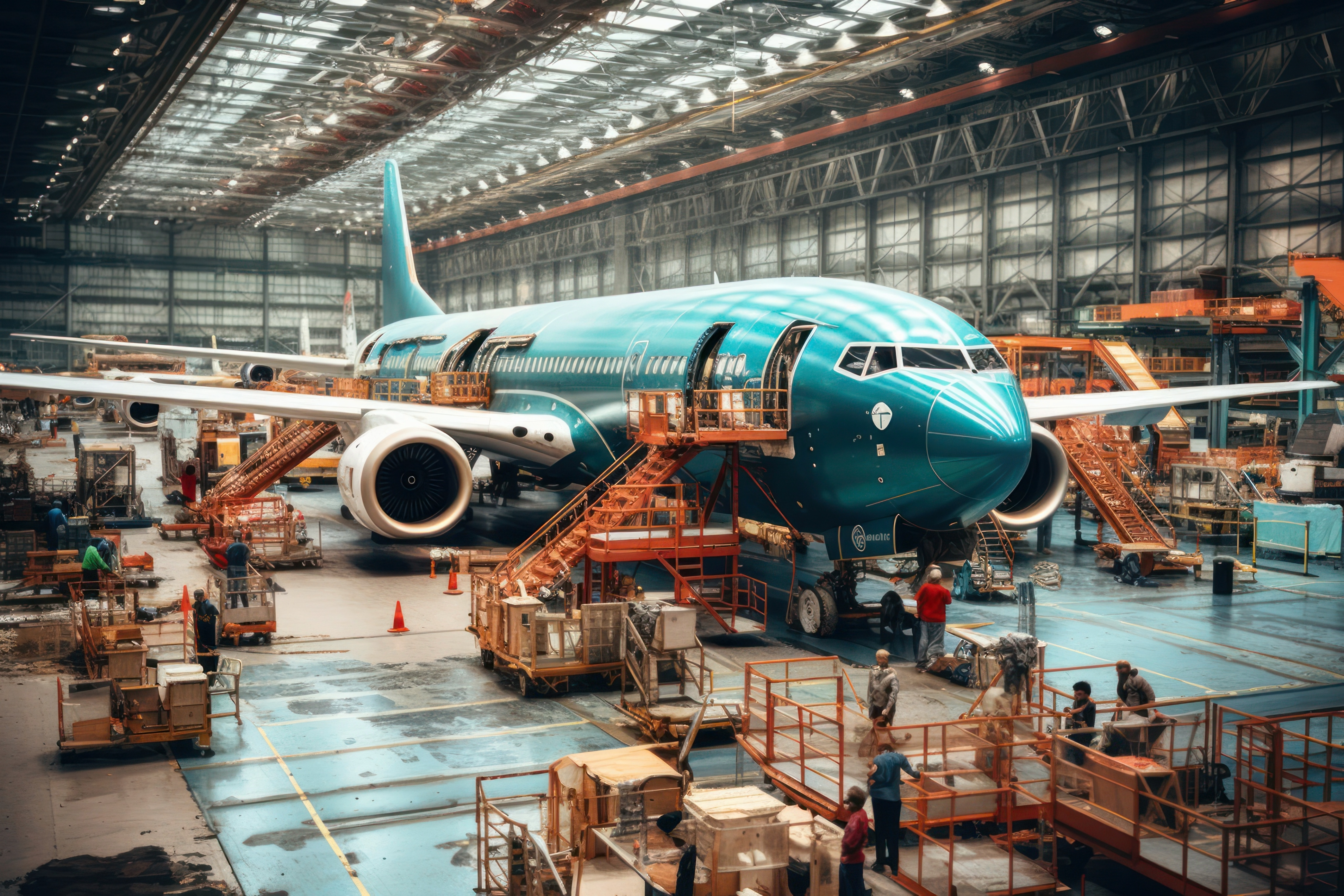Delivering Strength, Precision, and Efficiency
High volume forging Solutions for High-Volume Projects
Experience precision forging tailored for high volume forging projects. Our advanced processes and extensive industry expertise ensure top quality, durable components tailored to your needs.
Connect with us to transform your high volume forging project specifications into reality.


Learn More
About Our Processes
Why Choose Our High Volume Forging Projects?
Delivering Strength, Precision, and Efficiency for High Volume Projects
Superior Quality and Precision
Scalable Production Capabilities
Material Expertise
Customization and Flexibility
Our Forging Process Explained
Our forging process involves heating raw materials to high temperatures and shaping them under extreme pressure to create strong, durable components.

Step 1. Forging Material Selection
The process begins with selecting the appropriate metal based on the project requirements. Common choices include carbon steel, alloy steel, aluminum, titanium, and copper alloys, each offering unique strengths and properties for different applications.

Step.2 Preheating
The selected metal is preheated to a specific temperature, making it malleable and easier to shape. The temperature depends on the type of metal and the specific forging technique used. This step is crucial for preventing defects and ensuring quality in the final product.

Step.3 Molding
Open-Die Forging: The metal is deformed between multiple dies that do not completely enclose the material. This method is versatile and suitable for larger, simpler parts.
Closed-Die Forging (Impression-Die Forging): The metal is pressed between two dies that enclose the workpiece, allowing for more intricate designs and closer dimensional tolerances.

Step 4. Pressing or Hammering
Press Forging: This method shapes the metal by applying slow, continuous pressure, deforming the entire workpiece, including its interior. It produces parts with high integrity and minimal surface defects.
Hammer Forging: This process involves repeatedly striking the heated metal with a hammer or die, thereby rapidly shaping it into the desired form. Consequently, it’s particularly effective for tough metals.

Step.5 Secondary Processes
After forging, several secondary processes may be necessary, depending on the part’s specifications:
Trimming: Excess material, known as flash, is trimmed from the forged parts.
Heat Treatment: Subsequently, the parts may undergo various heat treatments to, thereby, achieve the desired mechanical properties. Consequently, this process enhances features such as increased strength or hardness.
Surface Finishing: Surface treatments or coatings may be applied to enhance corrosion resistance, appearance, or surface smoothness.

Step.6 Quality Control
Throughout the forging process, rigorous quality control measures are in place. This includes inspection and testing to ensure that all parts meet the required specifications and quality standards.
Our process is specifically designed to cater to high-volume production while maintaining precision and durability. Consequently, it is ideal for industries such as automotive, aerospace, and construction. In addition, whether you need a few specialized components or mass production of parts, our facilities are, therefore, equipped to deliver with excellence.
Industries Served

Automotive Industry
Forged parts are used in the manufacture of cars, trucks, and motorcycles, where durability and performance are crucial. Common applications include engine parts like crankshafts, connecting rods, transmission gears, wheel spindles, steering knuckles, and differential gears.

Aerospace Industry
In the production of structural components for aircraft and spacecraft, including bulkheads, wing roots, and engine mounts, forging is essential. Moreover, many of the internal components of jet engines, such as compressor blades and discs, are also forged to ensure optimal performance and durability. Consequently, this process significantly enhances the reliability and longevity of these critical parts.

Energy Sector
Used in turbines, generators, and pumps. In the growing renewable energy market, forgings are part of wind turbine towers and blades.

Rail Industry
Components such as rails, wheels, and couplers are, therefore, often forged to meet the rigorous demands of rail infrastructure. Consequently, this ensures enhanced durability and reliability.
